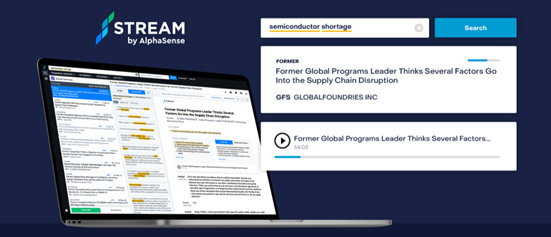ROIC is often cited as one of Warren Buffett’s favourite measures of business quality. But as I explained last week, this metric has two major shortfalls.
As a result, I give this ratio far less weight than many commentators. Today I’ll discuss the far less vaunted − but, in my mind, more useful − metric that I rely on more.
That ratio is Return On Capital Employed (RoCE).
As you probably know, the standard formula for RoCE is
EBIT/(Total Assets−Current Liabilities).
But as usual, I make a few adjustments to the way I calculate it. Let me walk you through them.
Making Your RoCE Organic
I understand that ROIC is a useful measure of how efficient a company is in its use of capital to deliver earnings to shareholders. But this is only one input to my valuation. In my view, a company’s repeatable ability to deliver owner earnings from the capital employed in the business is far more important than its ability to deliver acquisitive growth at a sensible price.
I therefore like to strip out the capital employed in acquisitive activity.
To do this, I deduct goodwill and similar intangible assets generated by acquisitions from capital employed. Such intangibles may be described as brands or customer lists or similar, but if they are the product of an acquisition, I exclude them to derive the industrial capital in the business.
By removing goodwill and similar intangibles, I am reducing the capital employed to an “organic” figure. There may still be intangible assets – for example, capitalised R&D (more common under IFRS than US GAAP) or capitalised software. These can distort the comparison of returns between companies and it’s important to adjust for this. It’s not always necessary, if capitalised R&D in the year is approximately equal to amortisation, any RoCE comparison won’t be overly affected. But I prefer to adjust to try to create a cleaner result.
I pointed out last week that the return on incremental capital will often be quite different from the return on this sunk capital. Generally, although not always, these two metrics are closer than comparing incremental return to ROIC.
When I am reviewing a company’s competitive position, the industry’s attraction or otherwise to potential new entrants is often better illustrated by the RoCE than by the ROIC. This is because a competitor will view this return on industrial capital employed as being the value they will have several years after making the initial investment. They don’t care about the goodwill and for this purpose, neither should investors.
In a moment, I shall show you how I adjust cash and marketable securities. But first a word from my sponsor….
Expert calls just got easier.
Say goodbye to traditional expert networks with Stream by AlphaSense. Stream enables you to access high-quality expert insights, in less time and at lower cost. With proprietary search technology and a library of more than 26,000 expert call transcripts, Stream provides the tools to help you make smarter decisions faster. Sign up today - start my free trial.
Adjusting (Or Not Adjusting) For Cash
The other adjustment I often now make is where a company has surplus cash on the balance sheet. Stocks like Apple, Alphabet and Berkshire Hathaway have a large value of cash and treasury bills on their balance sheet which have not been generating an industrial return. This therefore inflates the asset base and reduces the return on capital.
As I am trying to understand the return generated by the business operations, it makes sense to eliminate the surplus cash from the calculation of the capital base. How much is surplus is obviously hard to calculate. What may seem obviously surplus at an Apple or Alphabet may not be a surplus at Berkshire. Buffett and Munger have always seen cash as a type of war chest to take advantage of market distress. Hence there will aways be a significant level of cash on the Berkshire balance sheet and that should be taken into account when considering the return on capital.
In contrast, Apple and Alphabet have highly cash generative core businesses and could easily run net debt on their balance sheets so most of the cash and securities can be excluded from the calculation of industrial capital employed.
Another Wrinkle To Consider
If you are looking at long run returns, operating leases are a potential distortion.
Capitalised leases appeared on the balance sheet of US companies but their P&L was left intact. Under IFRS, the leases were capitalised on the balance sheet and the lease rentals were excluded from the P&L and a notional interest and depreciation charge were substituted.
These adjustments mean that returns calculations are not consistent over time.
I also prefer to use actual numbers rather than notional numbers, but clearly it’s much easier and quicker to make comparisons using the GAAP standards – once you start to make adjustments, you have to do them for all the comparators as well and this can be time-consuming.
I am quite pragmatic on this front – I prefer to derive roughly the right answer than to spend a lot of time trying to get a rigorously correct answer.
A Fully Worked Example
After making the adjustments above, I think that using RoCE to consider the return on industrial capital is more significant than the more popular ROIC. Paying subs can read on to see a fully worked example using Alphabet.




